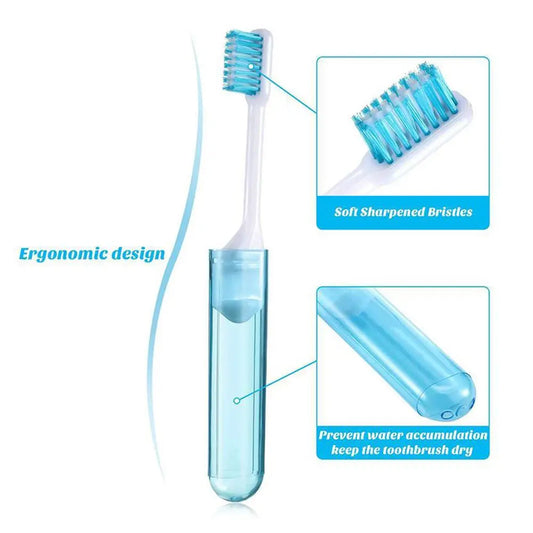Have you ever paused to consider the journey from a sugary treat to a painful cavity in your tooth?
Understanding this process not only demystifies dental decay but also empowers you to take proactive steps towards better oral health.
In this blog post, we'll delve into the intricate science behind how cavities develop, starting from the seemingly innocent culprit – sugar.
Understanding Tooth Decay:
To understand how cavities form, let's first grasp the basics of tooth structure. Our teeth are composed of several layers, including enamel – the hard, outer covering, dentin – a softer layer beneath the enamel, and pulp – the innermost part containing nerves and blood vessels. Dental caries, commonly known as cavities, occur when this protective structure is compromised.
The Role of Sugar:
Sugar plays a pivotal role in the development of cavities. When we consume sugary foods or beverages, naturally present bacteria in our mouths feast on these sugars, producing acids as byproducts. These acids attack the tooth enamel, gradually weakening it and creating an environment ripe for decay.
Bacterial Action:
Our mouths host a diverse community of bacteria, collectively known as the oral microbiome. Certain bacteria, like Streptococcus mutans, are particularly adept at metabolizing sugars into acids. These acids, in turn, erode the enamel, paving the way for cavity formation.
The Demineralization Process:
Demineralization is a key process in cavity development. As acids strip minerals like calcium and phosphate from the enamel, it becomes more susceptible to decay. Saliva, rich in minerals, plays a crucial role in counteracting this process by remineralizing the enamel and neutralizing acids.
Factors Contributing to Cavities:
Several factors can heighten the risk of developing cavities. Poor oral hygiene, frequent consumption of sugary or acidic foods, lack of fluoride exposure, and certain medical conditions can all contribute to dental decay.
Prevention and Treatment:
Preventing cavities involves a multi-faceted approach. Adopting good oral hygiene habits, such as brushing with fluoride toothpaste, flossing daily, and visiting your dentist regularly, can significantly reduce your risk. Additionally, a balanced diet low in sugary snacks and high in tooth-friendly foods can help preserve dental health. In cases where cavities do occur, prompt treatment, ranging from fillings to more extensive restorative procedures, can halt the progression of decay and restore the tooth's function and appearance.
Conclusion:
Understanding the science behind how cavities develop empowers us to make informed choices to protect our oral health. By minimizing sugar intake, maintaining proper oral hygiene, and seeking timely dental care, we can safeguard our smiles for years to come. Remember, a little knowledge can go a long way in preventing those pesky cavities!
Closing Thoughts:
As you take steps toward improving your oral health, remember that your dentist is here to support you. Don't hesitate to reach out with any questions or concerns you may have.
By working together, we can effectively prevent cavities and maintain healthy, radiant smiles for years to come.



































